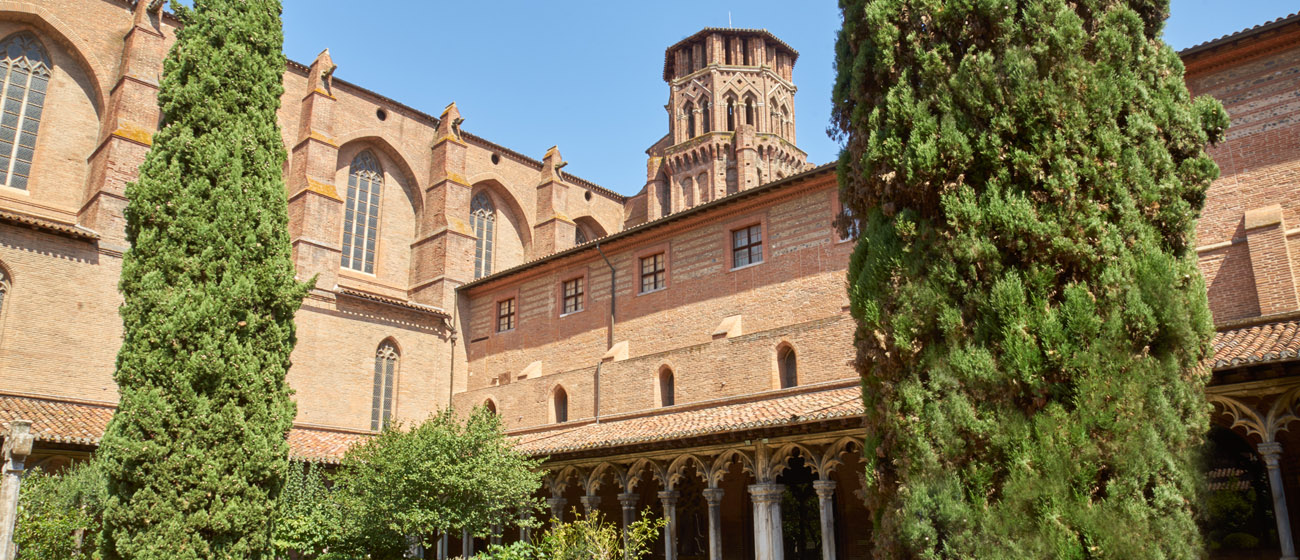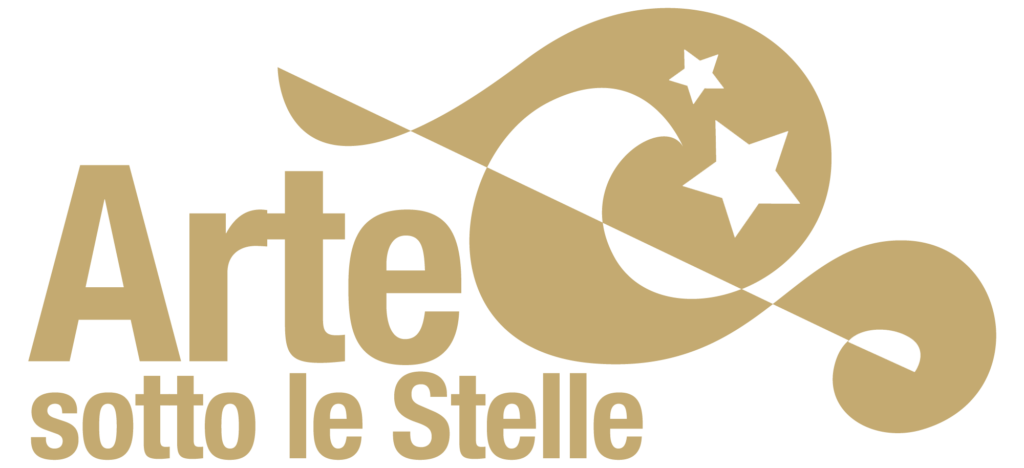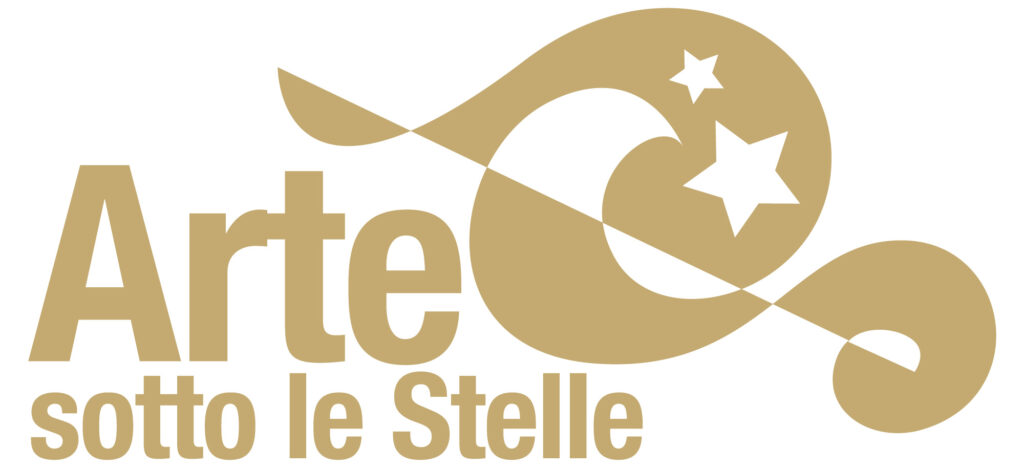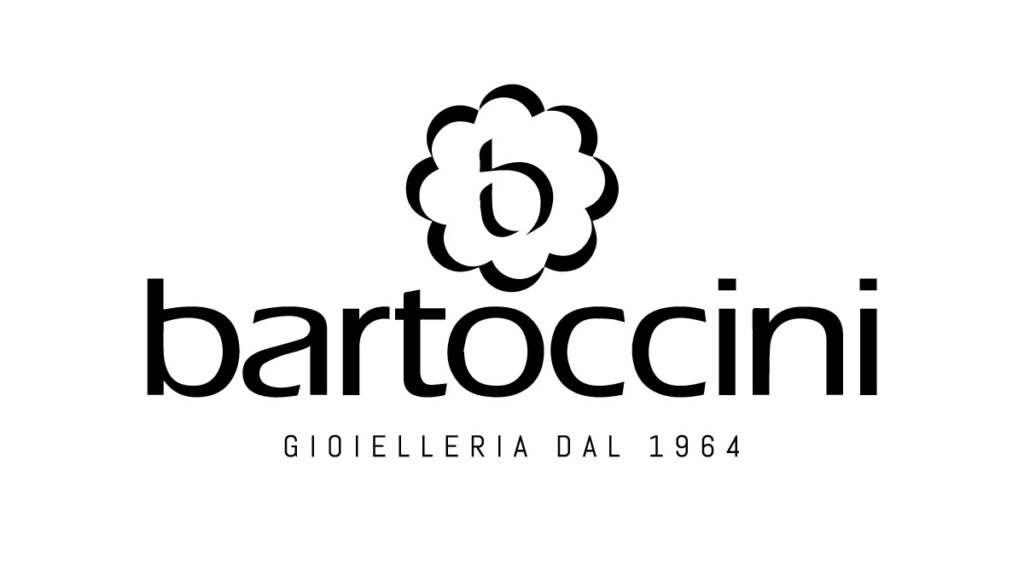Musée des Augustins – Toulouse
The Musée des Augustins, founded in 1793, is one of the oldest museums in France along with the Louvre.
Housed in a magnificent convent of about 9000 m² dating back to the fourteenth/fifteenth century, with the original cloister still intact and completed in the nineteenth century by an additional wing, it is the art museum of the city of Toulouse. Its collections count more than 4000 works, mainly paintings and sculptures.
Located in the heart of the city, the museum is a place of exchange and encounter with current events and the world around it. The cultural program is carried out following this spirit: in fact, regular and punctual appointments are organized, on the occasion of cultural events, public holidays or even temporary exhibitions. These different occasions are adapted to the interest and curiosity of all types of users, also favoring the opening to various categories of visitors.
The convent of the Augustinian monks
The Augustinian Convent, a fine example of Gothic architecture in the south of France, was the place where the monks of Saint Augustine had lived since the Middle Ages. Built from 1309, the complex consisted of a church, a cloister, a chapter house and a refectory, where, in the sixteenth century, about two hundred monks lived, prayed and worked.
At the beginning of the seventeeth century, the construction of a small Renaissance-inspired cloister at the end of the church was completed.
During the Revolution, the convent became a museum
The convent and all of its properties passed to the State by decree of 2 November 1789. The large refectory was sold to the citizen Verdier, who even installed stables here.
The “Provisional Southern Museum of the Republic” was founded in 1793.
During the nineteenth century, the refectory was demolished to make way for an eclectic-style building designed by Viollet-le-Duc, later taken over by his pupil Denis Darcy, while the south wing of the convent (on rue de Metz side) was destroyed.
The transformations of the twentieth century
During the twentieth century the complex underwent several transformations: restoration of the Gothic halls and the church, addition of an entrance decorated with the portal of the demolished chapel of the Black Penitents (Toulouse).
In 1981, the staircase was equipped with stained glass windows made by the painter and glassmaker Henri Guérin. In the same year, the classical German organs designed by Jürgen Ahrend were placed in the church.
In 1995, the garden was renovated following plans of medieval inspiration.
Since 2010, some accessibility works have been undertaken to facilitate the visit for people with reduced mobility (the construction sites are still ongoing). Finally, the stained glass windows designed by Viollet-le-Duc in the nineteenth century that cover the halls of the paintings are currently undergoing some restoration work, aimed at ensuring the safety of people and works and preserving our heritage.
The works of art
The museum preserves more than 4000 works in its collections, from the Middle Ages to the beginning of the 20th century, equally divided between paintings and sculptures.
The collections of medieval sculptures are among the richest in Europe. Among the most important works, there are the Roman capitals of Daurade, Saint-Sernin and Saint Etienne, the set of sculptures of Rieux (14th century) and Notre-Dame de Grasse (about 1470).
The seventeenth and eighteenth centuries are well represented thanks to works by Rubens, Murillo, Vigée-Lebrun, Houdon.
In the spectacular Salone Rosso, French paintings from the 19th century (Delacroix, Ingres, Benjamin-Constant) and from the beginning of the 20th century (Manet, Vuillard, Toulouse-Lautrec) are exhibited, together with remarkable sculptures (Rodin, Claudel, Marqueste, Falguière).
A casket to house Roman works
In 2014, the museum, in collaboration with the Toulouse Art Festival, invited the contemporary artist Jorge Pardo to make a major intervention that concerned the priceless Roman collection of the museum.
Respecting the uniqueness of this collection and the architecture of the 20th century that houses it, Jorge Pardo conceived a global project building a total work of art. Without neglecting the passages of the history of art, this work combines the inimitable joyful and exuberant artist’s signature with the power of the art of Romanesque sculptors.











